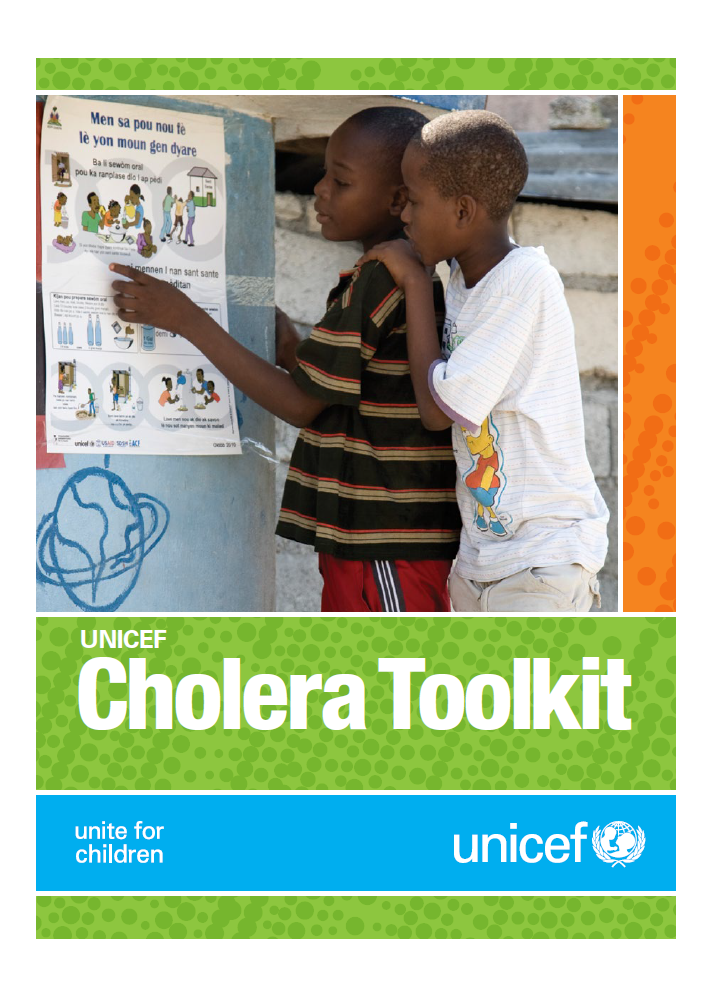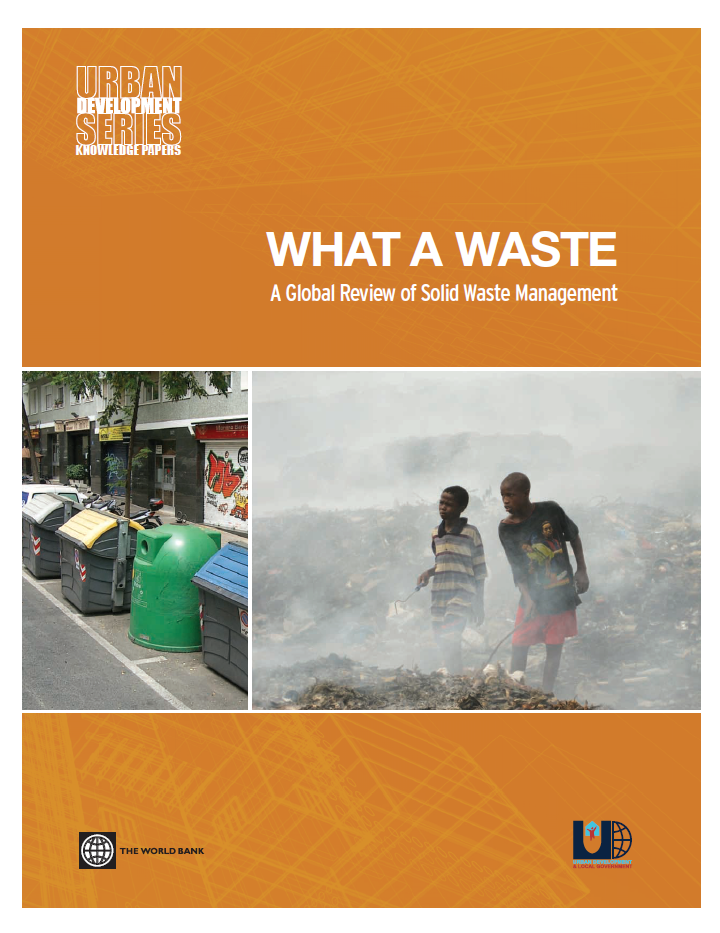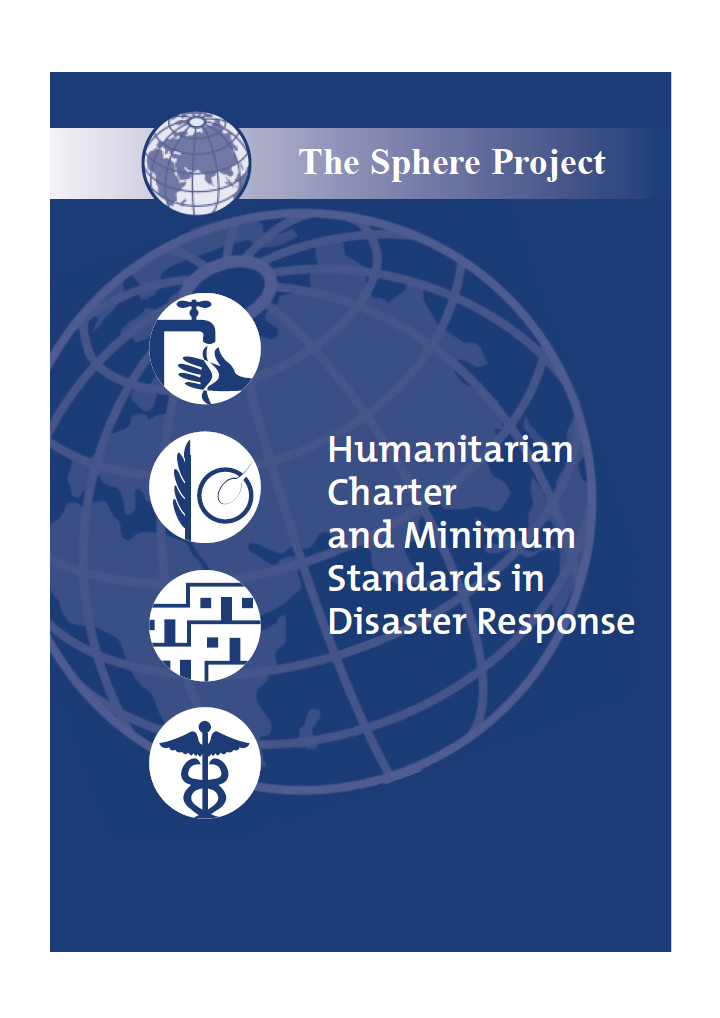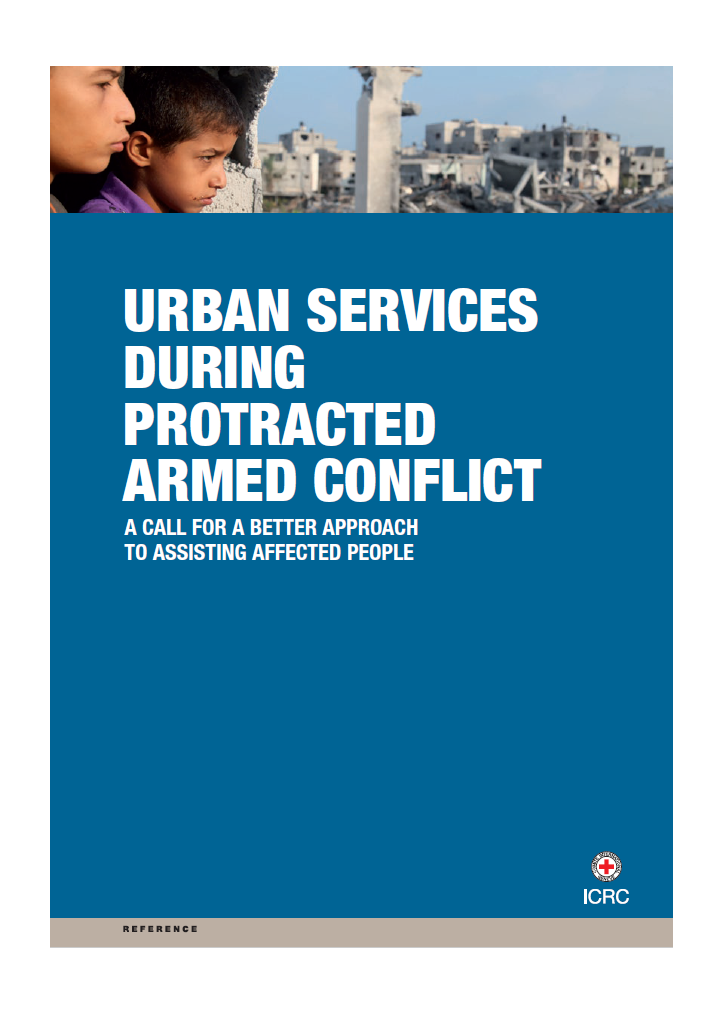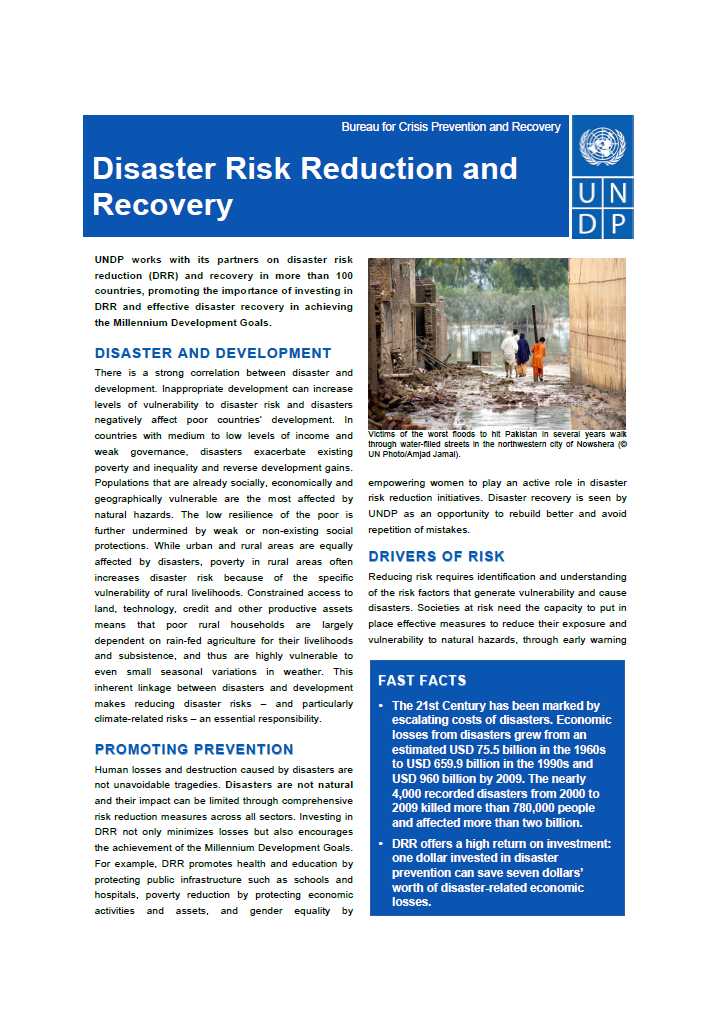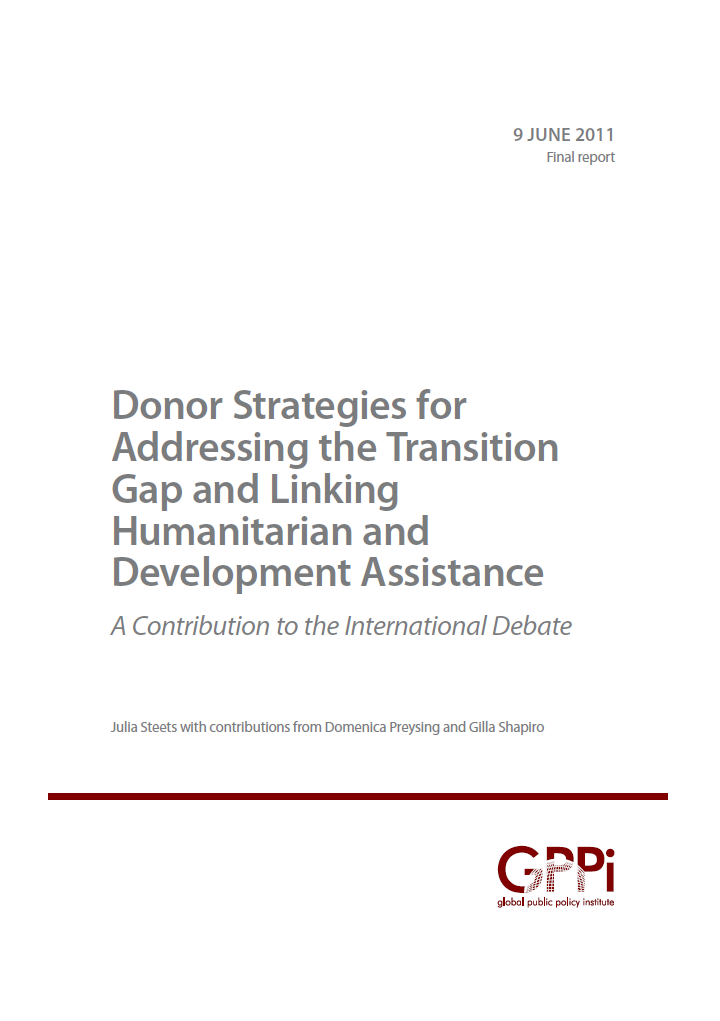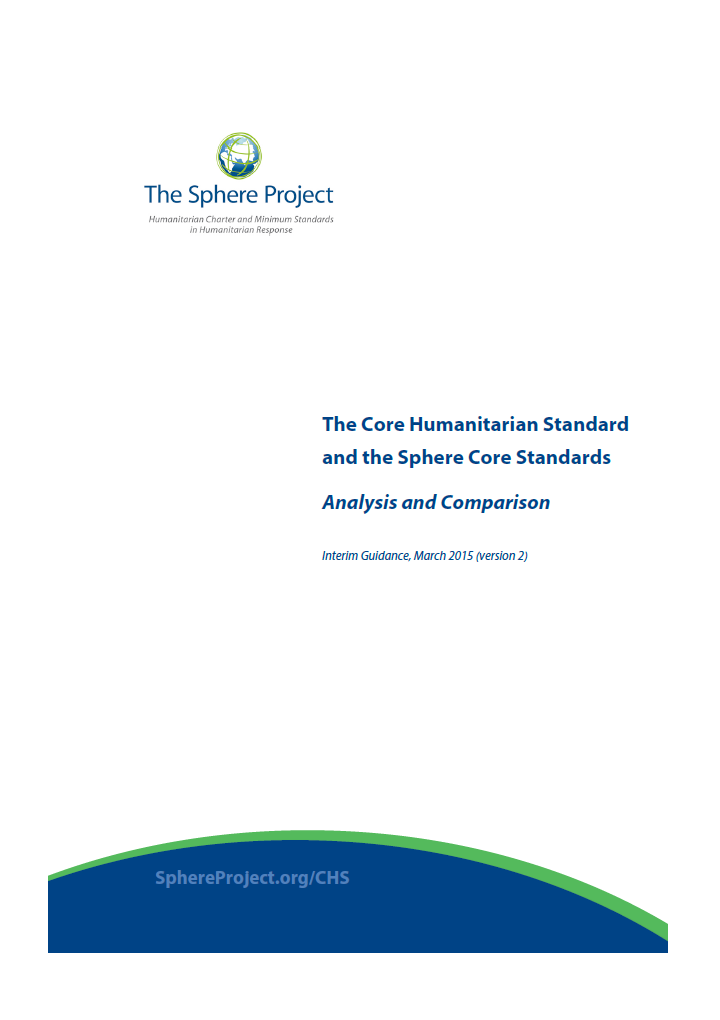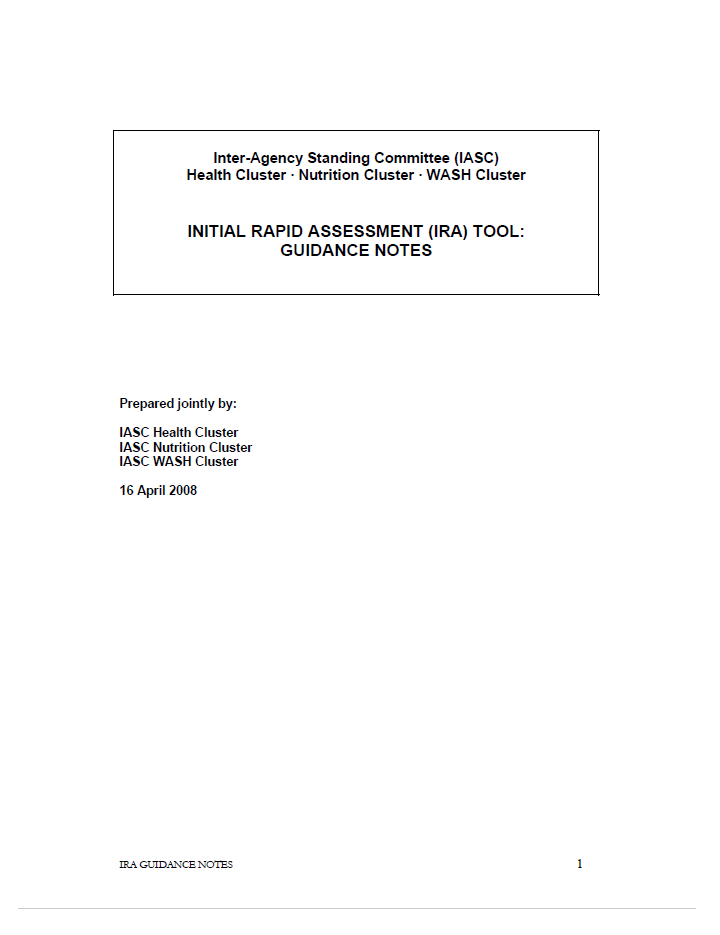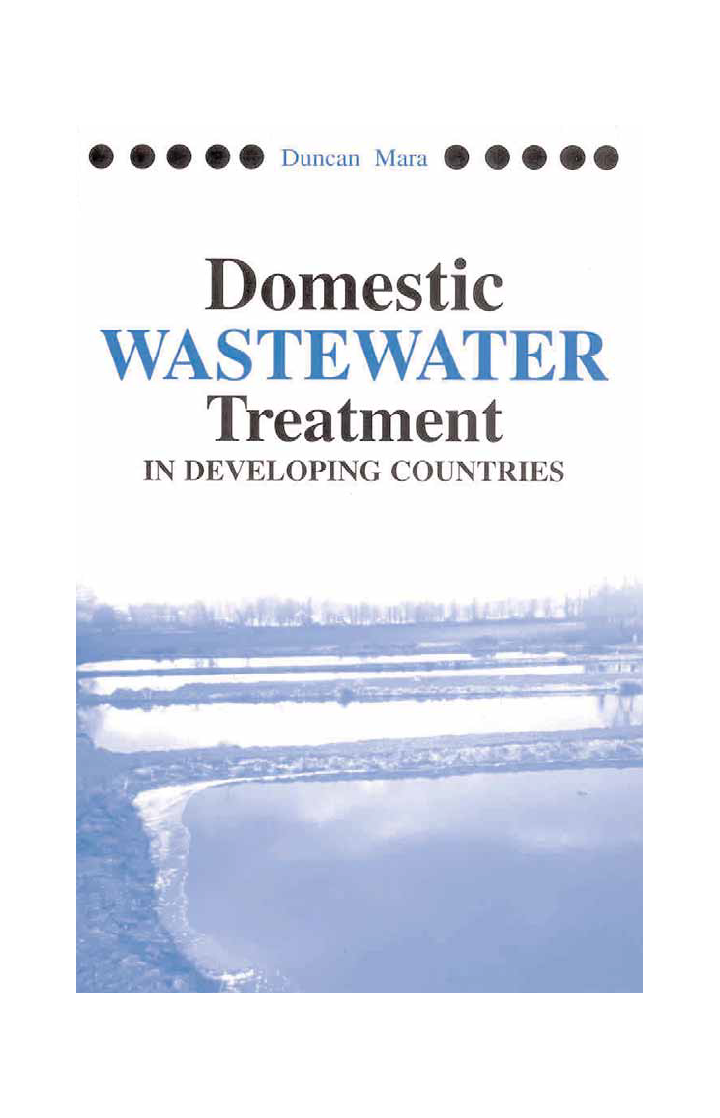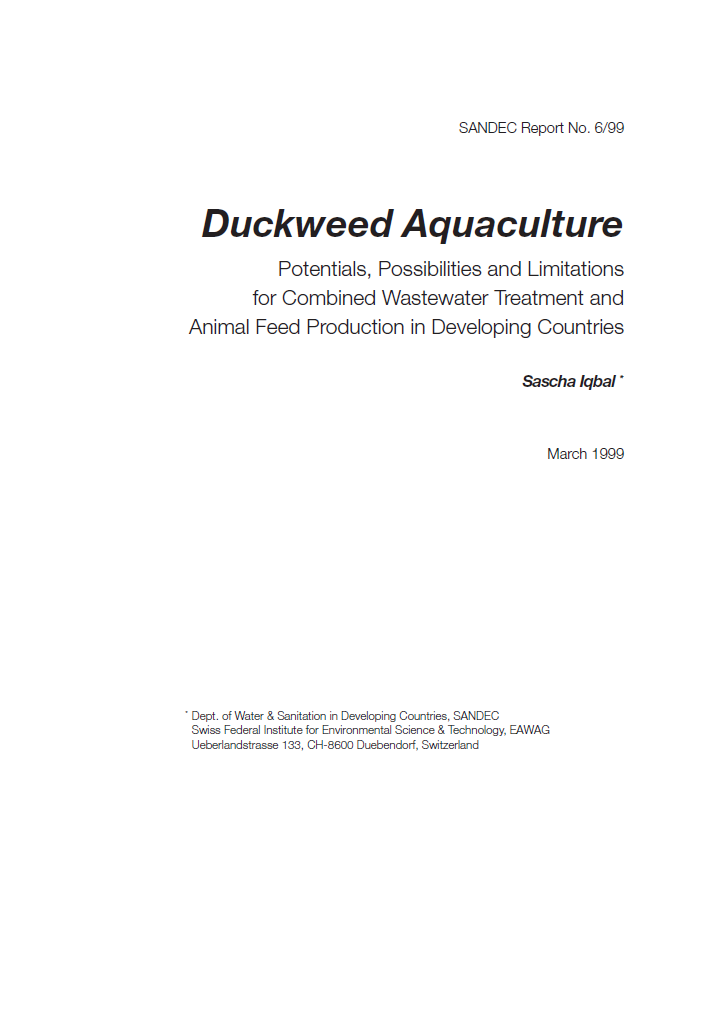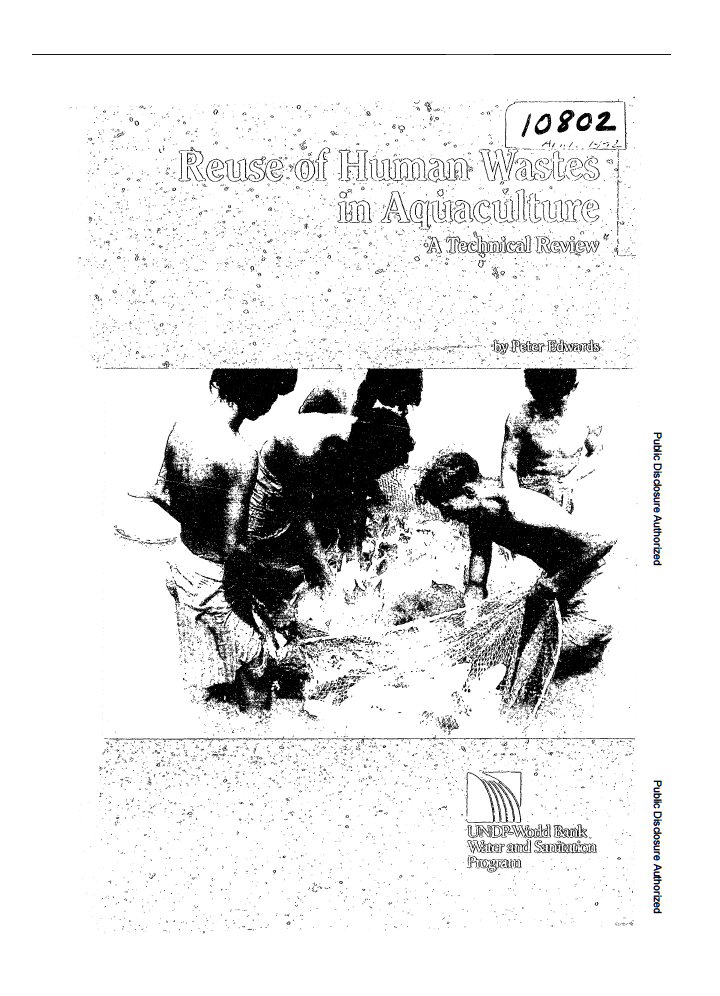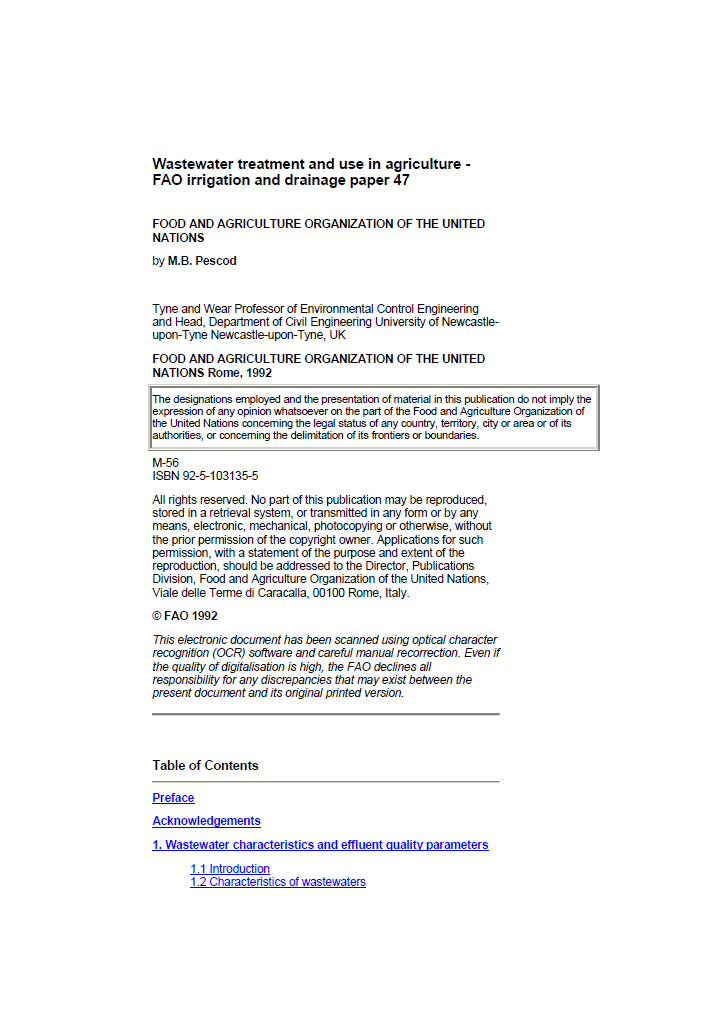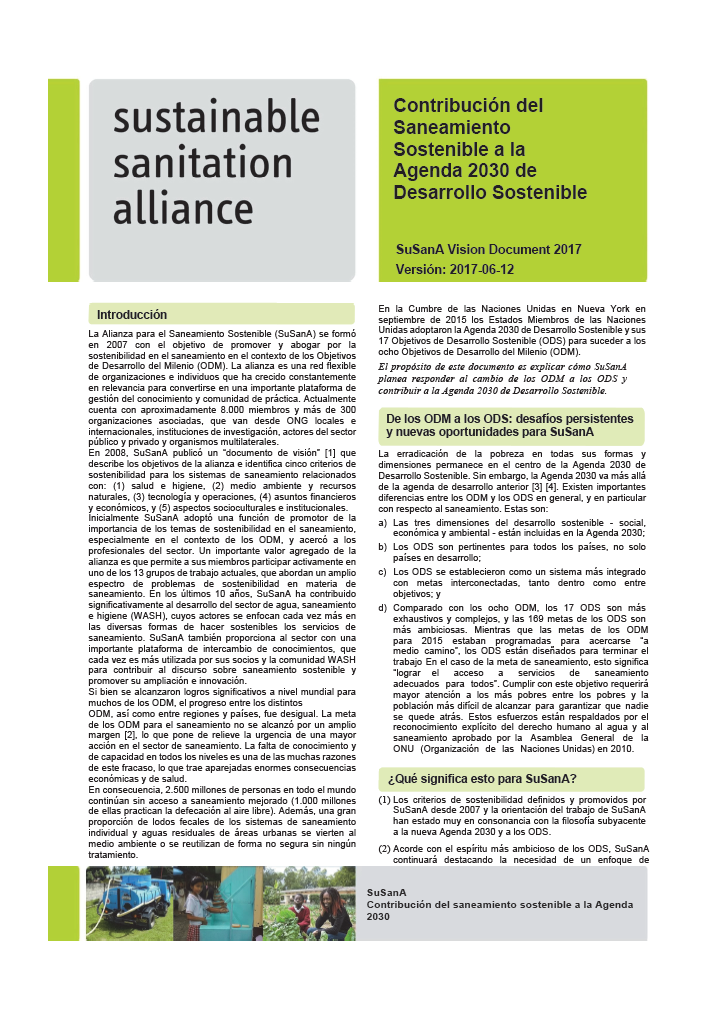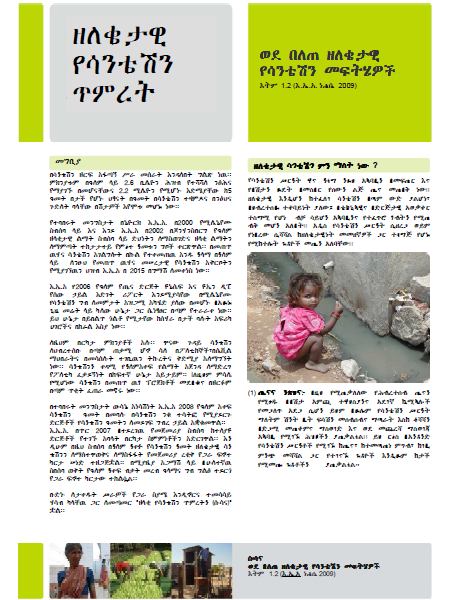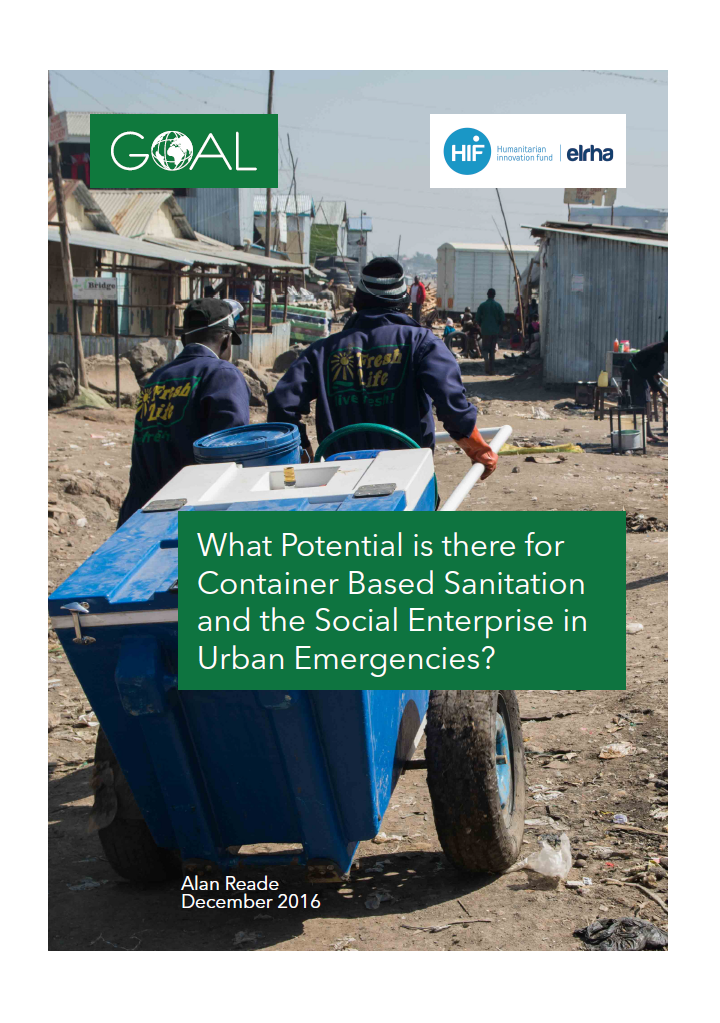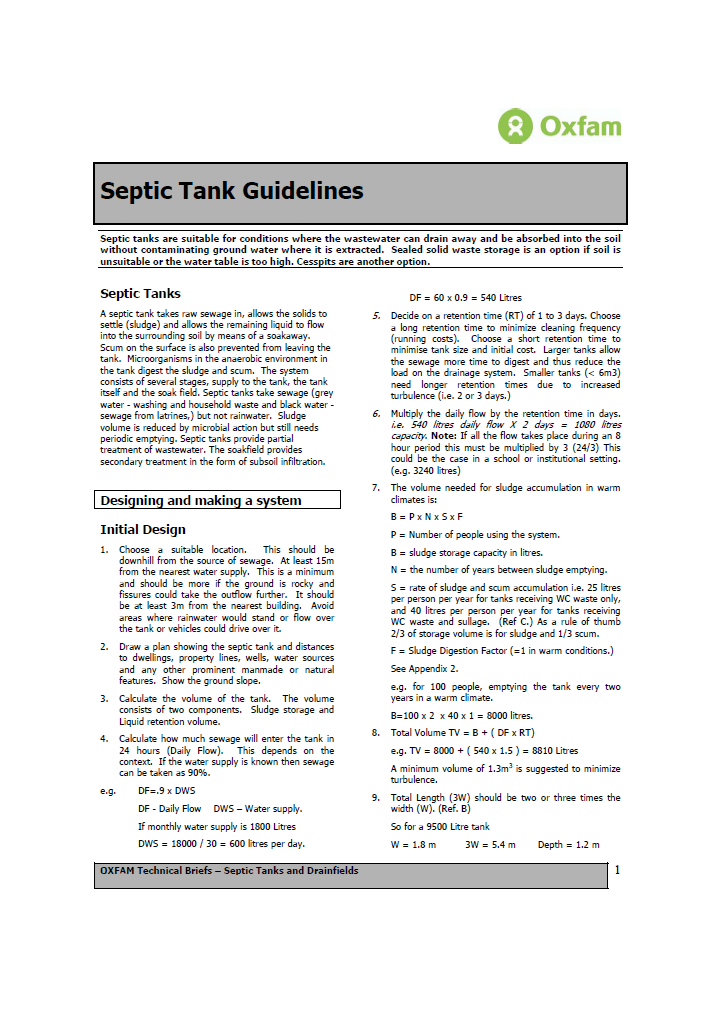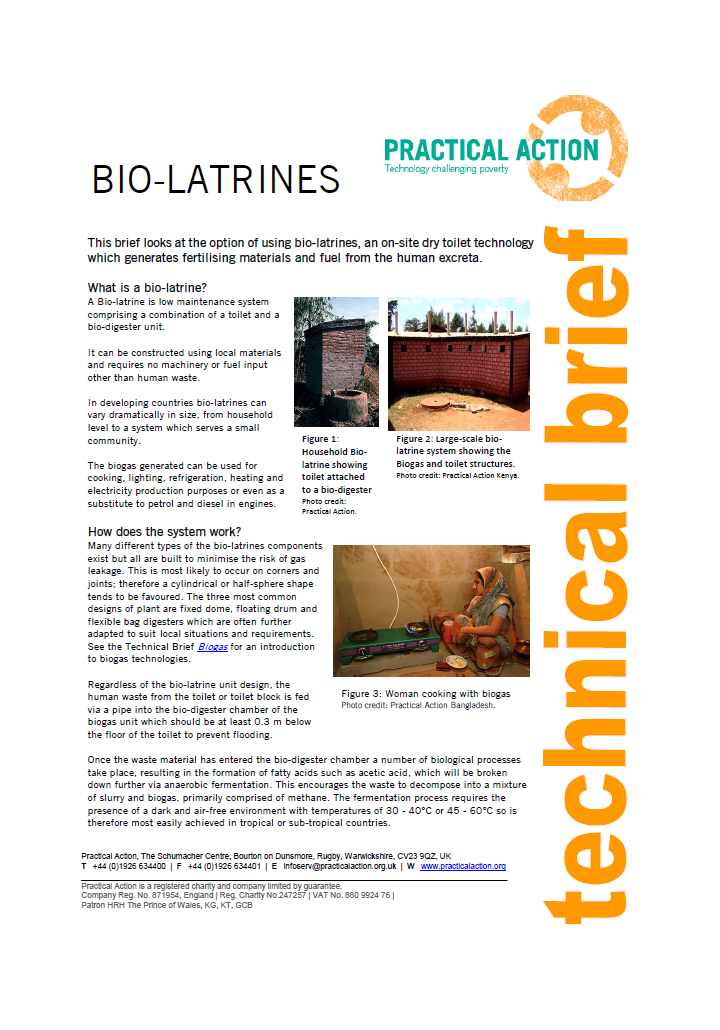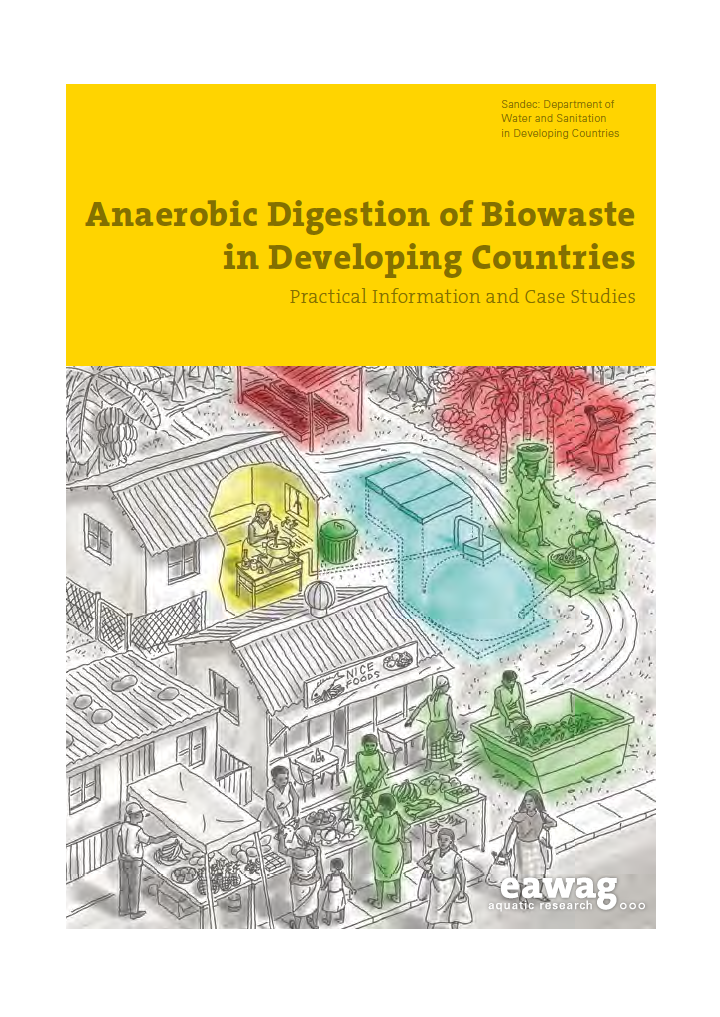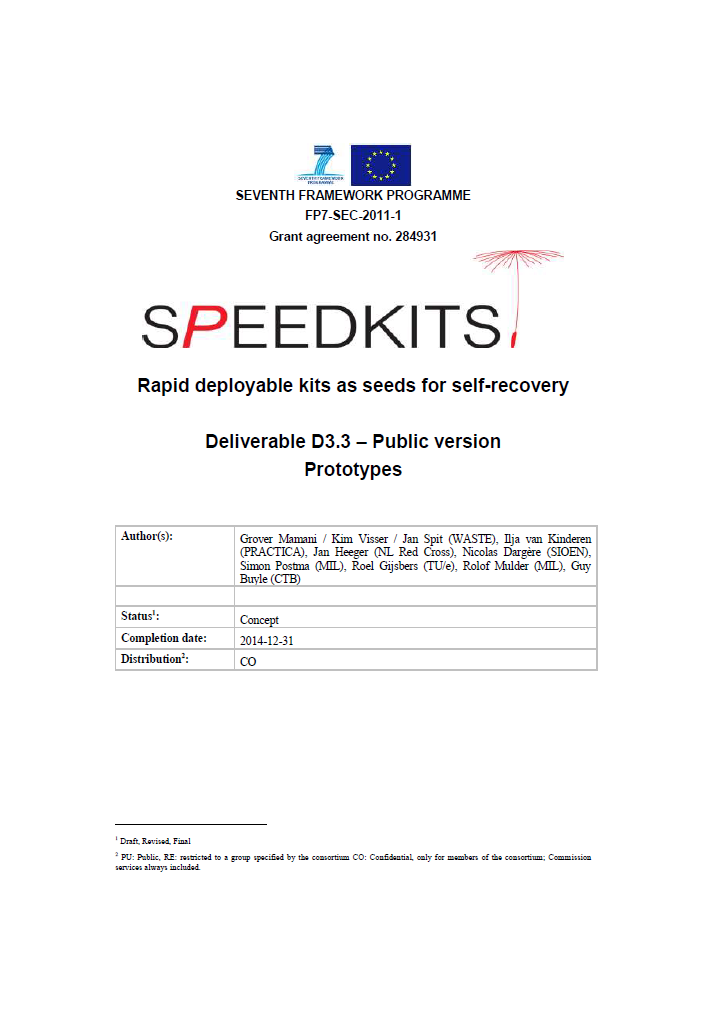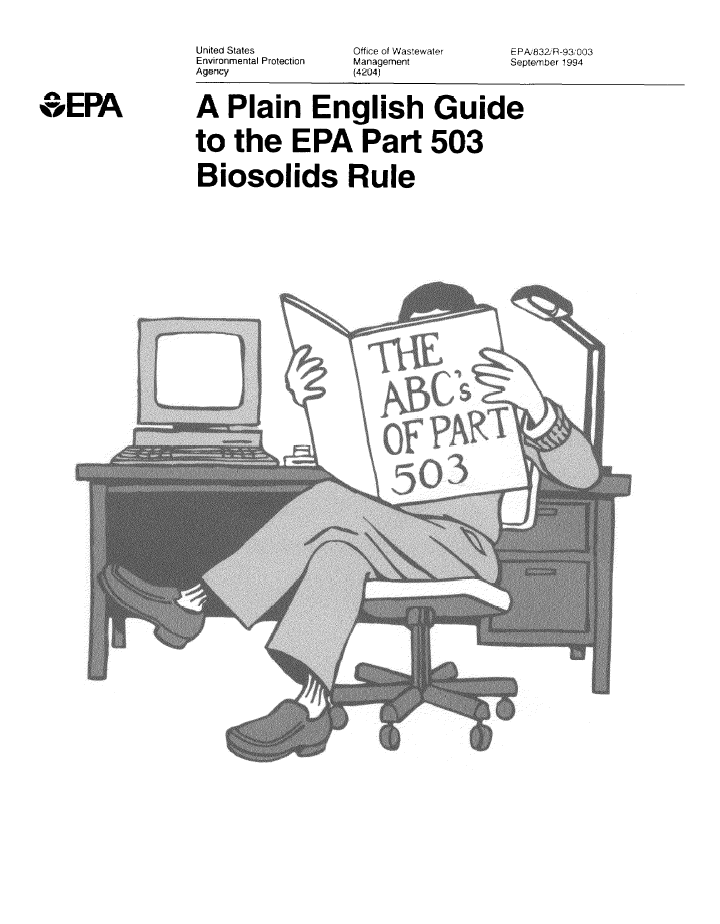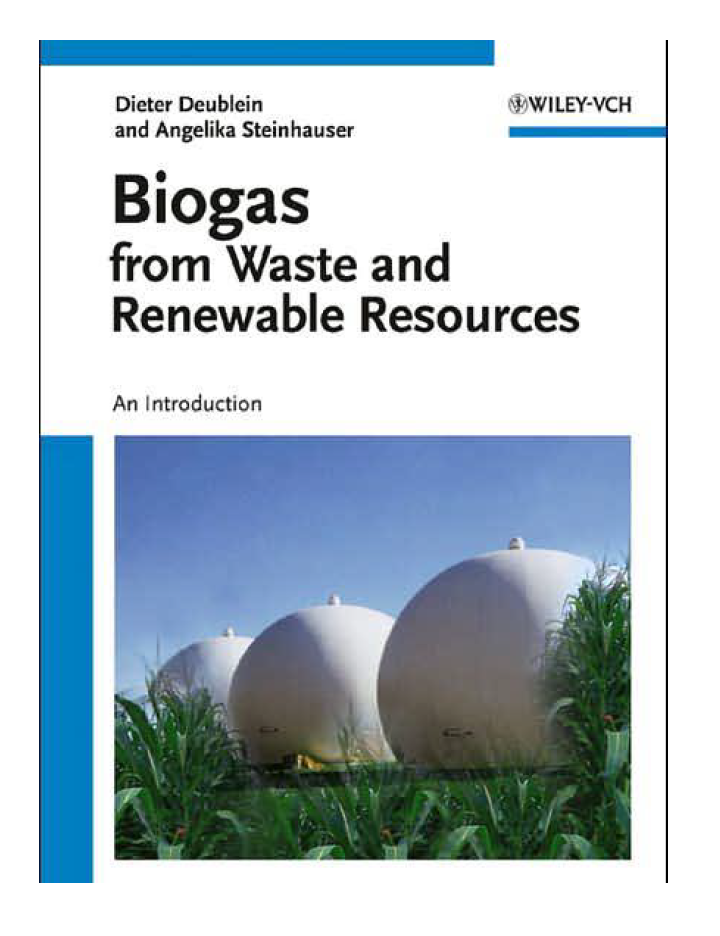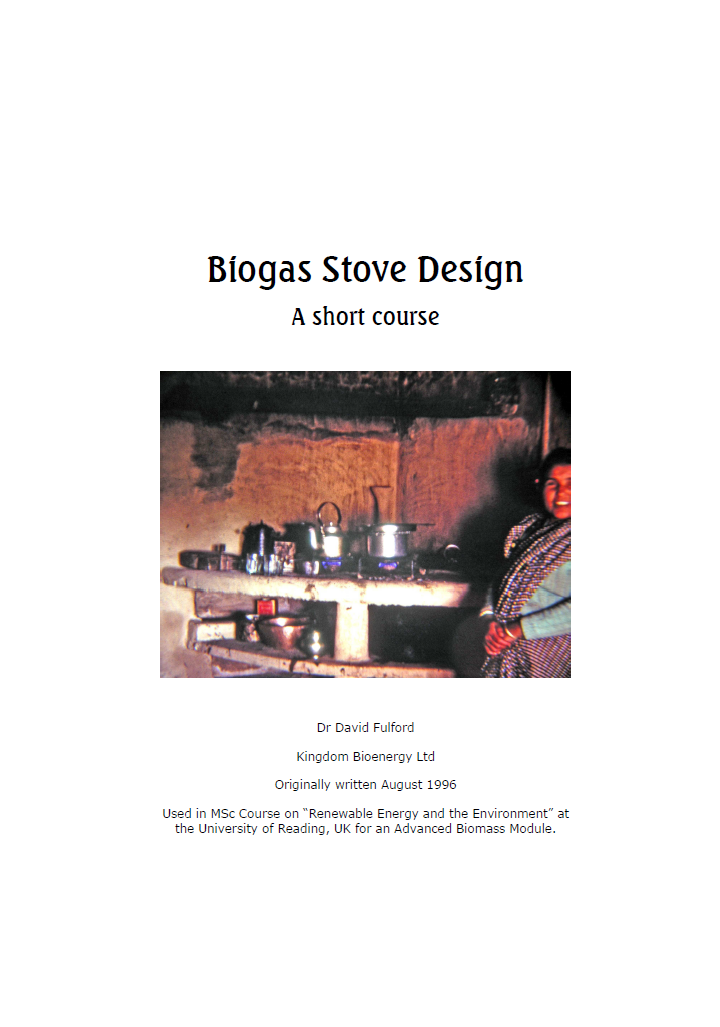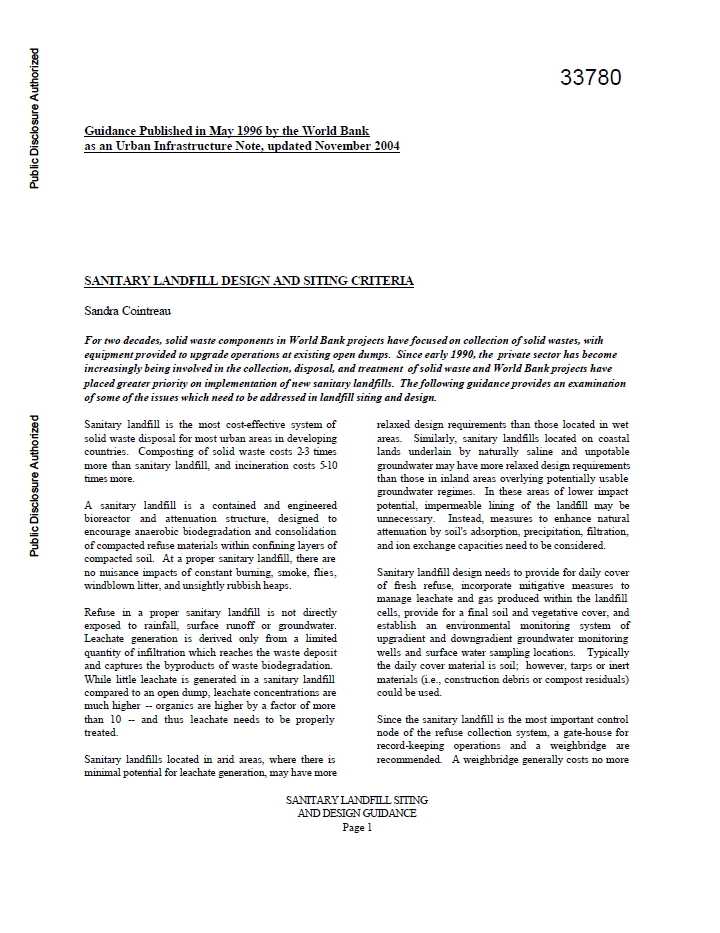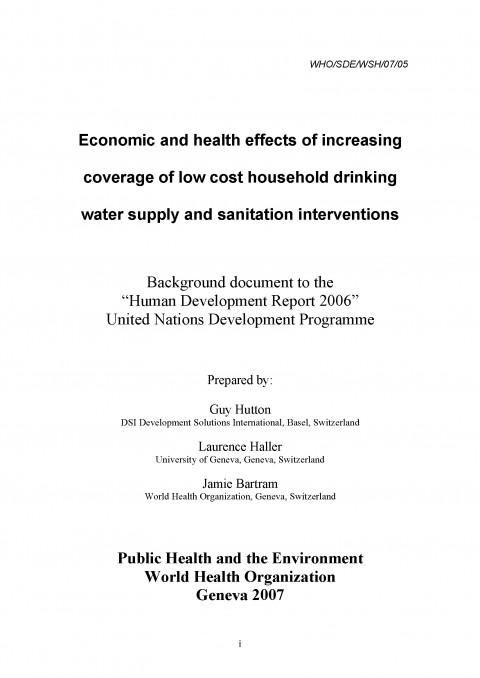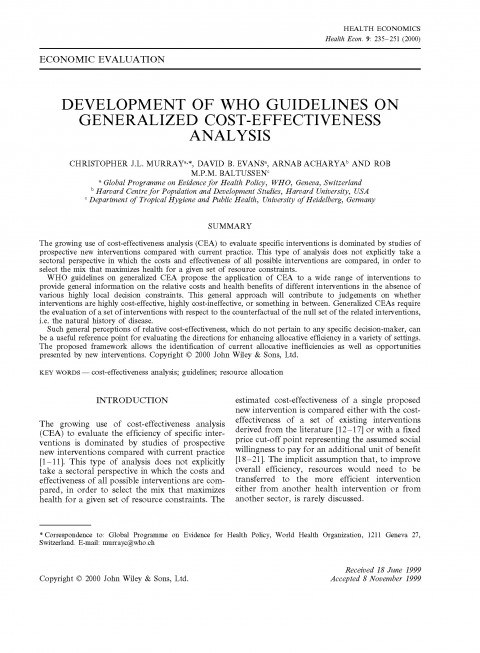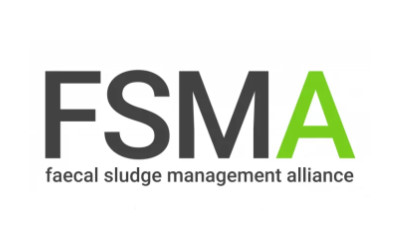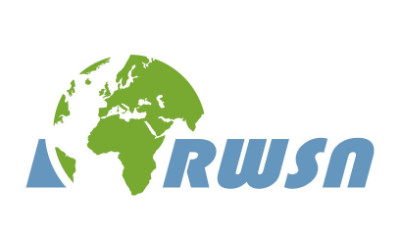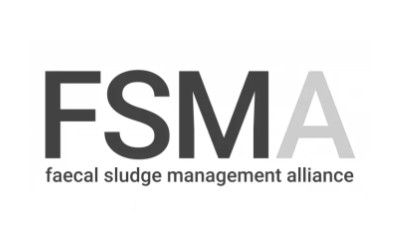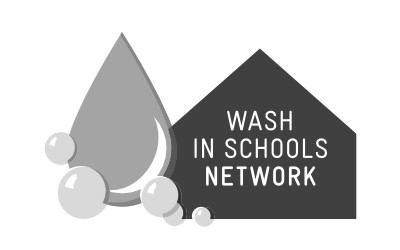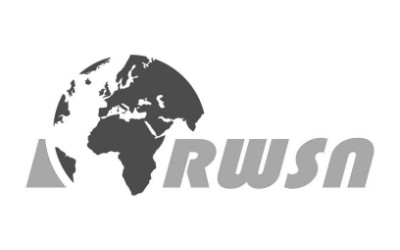Searching for information on Sanitation Workers?
The Sanitation Workers Knowledge + Learning Hub is the best source for all current news, trends, articles and updates on sanitation workers rights around the world.
UNICEF currently provides strategic technical support and guidance, surge capacity, training, supplies and logistical support for cholera and diarrhoeal disease outbreak prevention, preparedness and response worldwide. Its multi-sector approach – health, water, sanitation and hygiene (WASH), nutrition, education, protection and other sectors as well as services for emergency operations and …
This report provides consolidated data on MSW generation, collection, composition, and disposal by country and by region. Despite its importance, reliable global MSW information is not typically available. Data is often inconsistent, incomparable and incomplete; however as suggested in this report there is now enough MSW information to estimate global amounts and trends. The report also makes …
The Sphere handbook is designed for use in disaster response, and may also be useful in disaster preparedness and humanitarian advocacy. It is applicable in a range of situations where relief is required, including natural disasters as well as armed conflict. It is designed to be used in both slow- and rapid-onset situations, in both rural and urban environments, in developing and developed …
The relief-rehabilitation-development paradigm is counterproductive in contexts of protracted armed conflict in urban areas. Experience of disaster relief and rural armed conflict has shown that it constricts planning by limiting interventions to those that are “relief” or “post-war” in nature and that may be seen as the first steps in bridging an artificial gap between conflict and …
Humanitarian assistance and development cooperation pursue different aims and follow different principles. Their separation – while important to protect the independence of humanitarian action – has negative side effects. This paper seeks to contribute to the international debate by clarifying concepts, analyzing these effects and exploring donor strategies for addressing …
Sphere’s six Core Standards describe processes that are essential to achieving all the Sphere minimum standards, which are focused on meeting the urgent survival needs of people affected by disaster or conflict. They are a practical expression of the principles of the Sphere Humanitarian Charter and are fundamental to the rights of people affected by conflict or disaster to assistance that …
These Guidance Notes are intended to help people involved with an Initial Rapid Assessment (IRA) at coordination and field levels to prepare for, organize and carry out an IRA, analyse the data collected to make essential decisions on immediate response, funding and/or follow on assessments. Section 2 is primarily aimed at coordination level and Section 3 at field level. The sections most …
This book is primarily written for final year undergraduate civil engineering students in developing country universities, for post-graduate masters students in environmental, public health and sanitary engineering, and for practising engineers working in developing countries or working on wastewater treatment projects in these countries. The primary emphasis of the book is on low-cost, …
The rapidly growing and small floating aquatic plants of the botanical family of Lemnaceae are capable of accumulating nutrients and minerals from wastewater. The latter are finally removed from the system as the plants are harvested from the pond surface. Because of their comparatively high productivity and nutritional value, particularly their high content of valuable protein, they provide an …
New national goals in wastewater treatment in the United States of America place strong emphasis on the use of natural systems and improved biological processes. These goals encourage sewage reuse through agriculture, forestry, and aquaculture (Duffer 1982). However, the cultivation of fish in wastewater has been of interest in the United States for only a short time: from a practical point of …
This Irrigation and Drainage Paper is intended to provide guidance to national planners and decision-makers, agricultural and municipal managers, field engineers and scientists, health and agricultural field workers, wastewater treatment plant operators and farmers. Consequently, it covers a broad range of relevant material, some in considerable depth but some more superficially. It is meant to …
Traditional alternatives have included: lined pit latrines, raised latrines and urine diverting dry toilets (UDDTs). These alternatives might be suitable in addressing the unfavourable ground conditions, but are not necessarily able to address the constraints encountered in the urban environment. For this reason agencies have started to take a closer look at some of the newer container based …
A septic tank takes raw sewage in, allows the solids to settle (sludge) and allows the remaining liquid to flow into the surrounding soil by means of a soakaway. Scum on the surface is also prevented from leaving the tank. Microorganisms in the anaerobic environment in the tank digest the sludge and scum. The system consists of several stages, supply to the tank, the tank itself and the soak …
A Bio-latrine is low maintenance system comprising a combination of a toilet and a bio-digester unit. It can be constructed using local materials and requires no machinery or fuel input other than human waste. This brief looks at the option of using bio-latrines, an on-site dry toilet technology which generates fertilising materials and fuel from the human excreta.
Research on anaerobic digestion solutions for low - and middle-income countries has shown that there is a wealth of knowledge and experience with small- and medium-scale digesters built in rural areas where manure from a few cattle and some household waste is used as feedstock. However, anaerobic digestion still seems to play a negligible role as a treatment option in urban settings for organic …
Within S(P)EEDKITS, workpackage WP3- “watsan” (water and sanitation) focuses on the development of flexible sanitation solutions suited for emergency cases and on low cost water kits that help to generate, transport and store (potable) water. Focus in both domains is on the easy deployment of the kits. This document reports on the prototypes for the various watsan kits and the outcome of the …
The purpose of this document is to explain the intent and requirements of the Part 503 rule and to assist owner/operators in determining the extent to which their biosolids management operation is covered. To help clarify the intent of the Part 503 rule! this guidance document sometimes uses terms that do not appear in the rule itself and organizes information differently from the rule. For …
The book includes detailed descriptions of all the process steps to be followed during the production of biogas, from the preparation of the suitable substrate to the use of biogas, the end product. Each individual stage is assessed and discussed in depth, taking the different aspects like application and potential into account. Biological, chemical, and engineering processes are detailed in the …
For two decades, solid waste components in World Bank projects have focused on collection of solid wastes, with equipment provided to upgrade operations at existing open dumps. Since early 1990, the private sector has become increasingly being involved in the collection, disposal, and treatment of solid waste and World Bank projects have placed greater priority on implementation of new sanitary …

